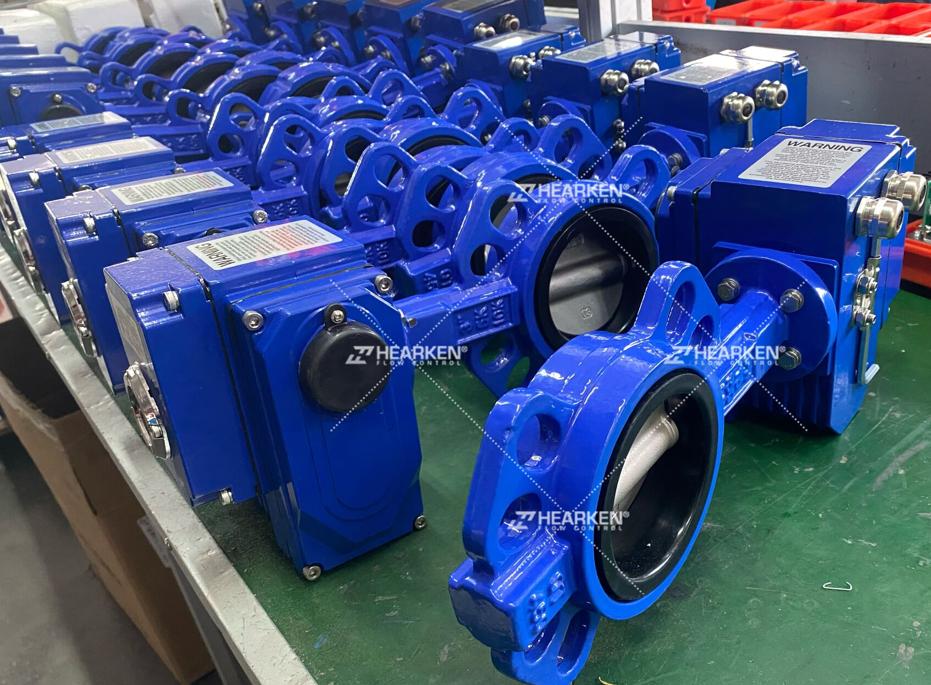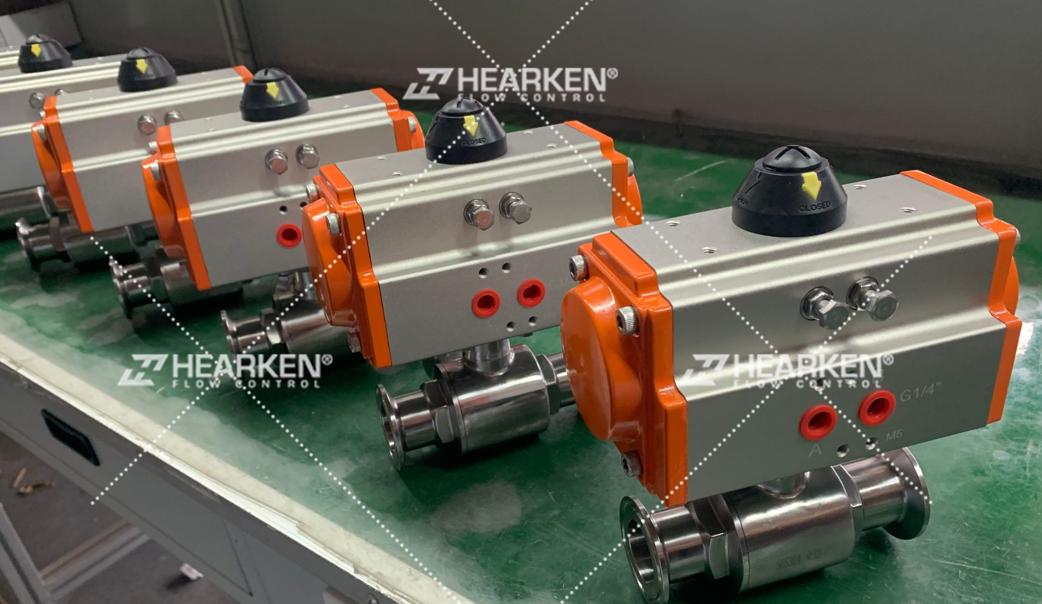Introduction to Types of Actuated Valves
In industrial production and daily life, valves play a crucial role as they control the flow of various fluids. Actuated valves, which are operated by external power sources, can be opened, closed, or adjusted to meet different working requirements. When you're looking at actuated valves, you can mainly classify them into the following categories according to their driving methods.
1.Electric Valves
Electric valves are driven by electricity. They typically consist of an electric motor, a speed reducer, a transmission device, and the valve body itself. When the electric motor is powered on, the high-speed rotation of the motor is converted into low-speed and high-torque motion suitable for valve operation through the speed reducer. Then, the transmission device drives the valve stem to open, close, or adjust the valve. Electric valves have the advantages of high control precision, enabling remote and automated control, and a fast response speed. They are suitable for scenarios with high requirements for control precision, such as the chemical industry, power industry, and automated production lines. However, electric valves require a power supply, which limits their use in places where there is no power supply or the power supply is unstable. Additionally, their maintenance is relatively complex, and the cost is relatively high.

2.Pneumatic Valves
Pneumatic valves rely on compressed air as the power source for driving. They mainly consist of a pneumatic actuator and the valve. Compressed air enters the pneumatic actuator, pushing the piston or diaphragm to move, which in turn drives the valve stem to actuate the valve for opening, closing, or adjusting. Pneumatic valves have the advantage of rapid action, with a fast switching speed, allowing them to complete the operation of the valve in a short time. At the same time, since the power source is compressed air, they are relatively safe to use in some flammable and explosive environments because there will be no electric sparks generated. Moreover, pneumatic valves have a simple structure, are easy to maintain, and have a relatively low cost. They are widely used in industries such as food and beverage, pharmaceuticals, and petrochemicals. However, pneumatic valves require a compressed air system, and there are certain requirements for the pressure and quality of the air source. If the air source is unstable, it may affect the normal operation of the valve.

3.Hydraulic Valves
Hydraulic valves use the pressure of liquids such as oil as the driving force. The working principle of hydraulic valves is similar to that of pneumatic valves, except that the compressed air is replaced by a liquid. The liquid is pressurized by a hydraulic pump and delivered to the hydraulic actuator, which drives the piston and other components of the actuator to move, thus driving the valve. Hydraulic valves can generate a large driving force, making them suitable for large-diameter and high-pressure valves, as well as for scenarios where a large torque is required to operate the valve, such as the control of sluice gates in large-scale water conservancy projects and large valves in the metallurgical industry. Hydraulic valves have good sealing performance and stable and reliable operation. However, the hydraulic system of hydraulic valves is relatively complex, requiring special hydraulic oil, and having high requirements for the cleanliness of the hydraulic oil. Once the hydraulic oil is contaminated, it may lead to valve failures. At the same time, the leakage problem of the hydraulic system also needs to be given special attention, and the maintenance cost is relatively high.
4.Solenoid-Actuated Valves
Solenoid-actuated valves are commonly found in gas fire extinguishing systems and other fields. They mainly consist of an electromagnet, a release mechanism, and an operating mechanism. In case of a fire alarm, the gas fire extinguishing controller outputs direct current to activate the electromagnet. The electromagnet drives the release mechanism, which in turn causes the operating mechanism to act, puncturing the sealing piece of the actuated valve or the container valve to open the valve and release the control gas or fire extinguishing agent. In case of an emergency, manual operation is also possible. By pulling the safety catch handle, pulling out the safety catch, and pressing the manual button, the actuated valve or the container valve can also be operated. Solenoid-actuated valves have an extremely fast response speed, enabling them to quickly start the valve and achieve functions such as rapid fire extinguishing. However, they have high requirements for the stability of the power supply, and special attention needs to be paid during installation, debugging, and transportation to prevent the valve from being accidentally activated.
Summary
Each type of actuated valve has its own characteristics and application scopes. In practical applications, you need to comprehensively consider factors such as the specific working environment you're dealing with, the working requirements that must be met, and the cost budget you have at hand. By doing so, you can select the most suitable actuated valve, which is crucial to ensure the safe and stable operation of your system.





